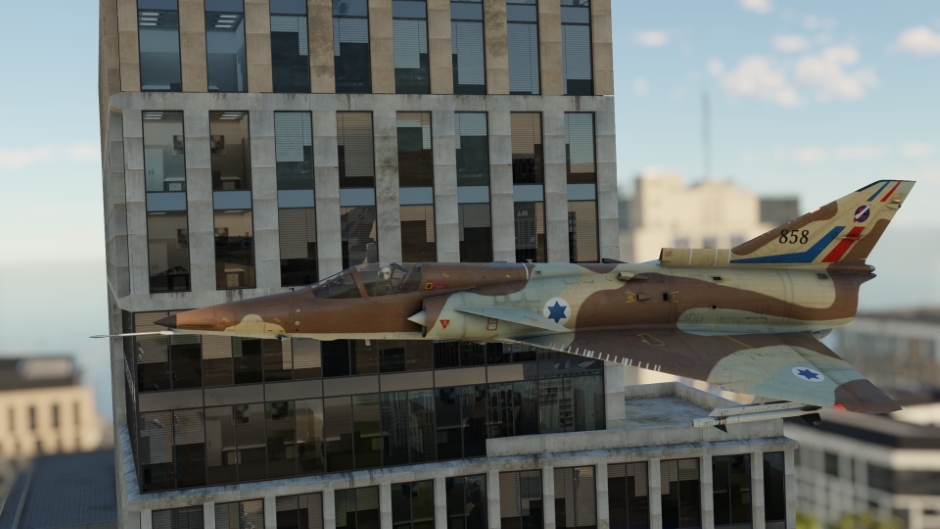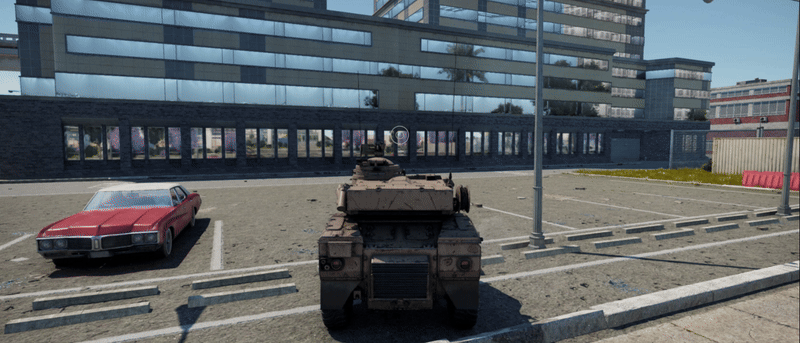4 days
ago -
Blitzkrieg Wulf
-
Direct link

This article goes over some points from the VFX team about the improvements made to Ray Tracing technologies in the Hornet’s Sting update.
As promised at the end of last year, work on making Ray Tracing better doesn’t stop! First up, Ray Tracing is now enabled on all PCs, regardless of GPU Vendor. AMD Radeon and Intel Arc users can now enjoy all RT features. We’re still working to make RT available on Xbox Series and PlayStation 5 consoles.
By making several changes in the code, we’ve significantly improved RT performance.
- We have reworked the way rays go through foliage, which helps when going through a forest.
- We have updated the denoiser we use to process the RT results. The new version has a bigger improvement in speed, while maintaining the same quality.
- We have a new Shadow Quality setting. This is a big one. Low allows us to shoot half as many rays as before, while medium is contextual, but usually removes 30-50% of the rays in fully lighted or shadowed areas. This is a serious improvement, and you should be aware that even on the Low setting, the difference from the High setting is very small if you are using one of the advanced Temporal anti-aliasing methods, like TSR, DLSS, XeSS of FSR. They are for sure more demanding than less advanced methods, but surpass them in image quality in both native resolution and when doing upscaling. The Low setting is also less prone to performance drops in heavily loaded scenes.

Don’t see much of a difference? Exactly. And as said before, Low demands two times less resources than High (which was used before the update).
All of these improvements can result in an overall 20-25% reduction of the GPU cost of the RT effects.
We’ve worked on the windows of buildings with Ray Tracing enabled. At launch they were way too mirror-like, but after some love they now look much more natural and physically correct.
Windows before vs after

We’ve also identified several code paths where RT became unstable, which lead to GPU or even game crashes. These are now greatly reduced, and RT is much more stable now.
That’s it for now! We’ve got even more great improvements ahead, so stay tuned.